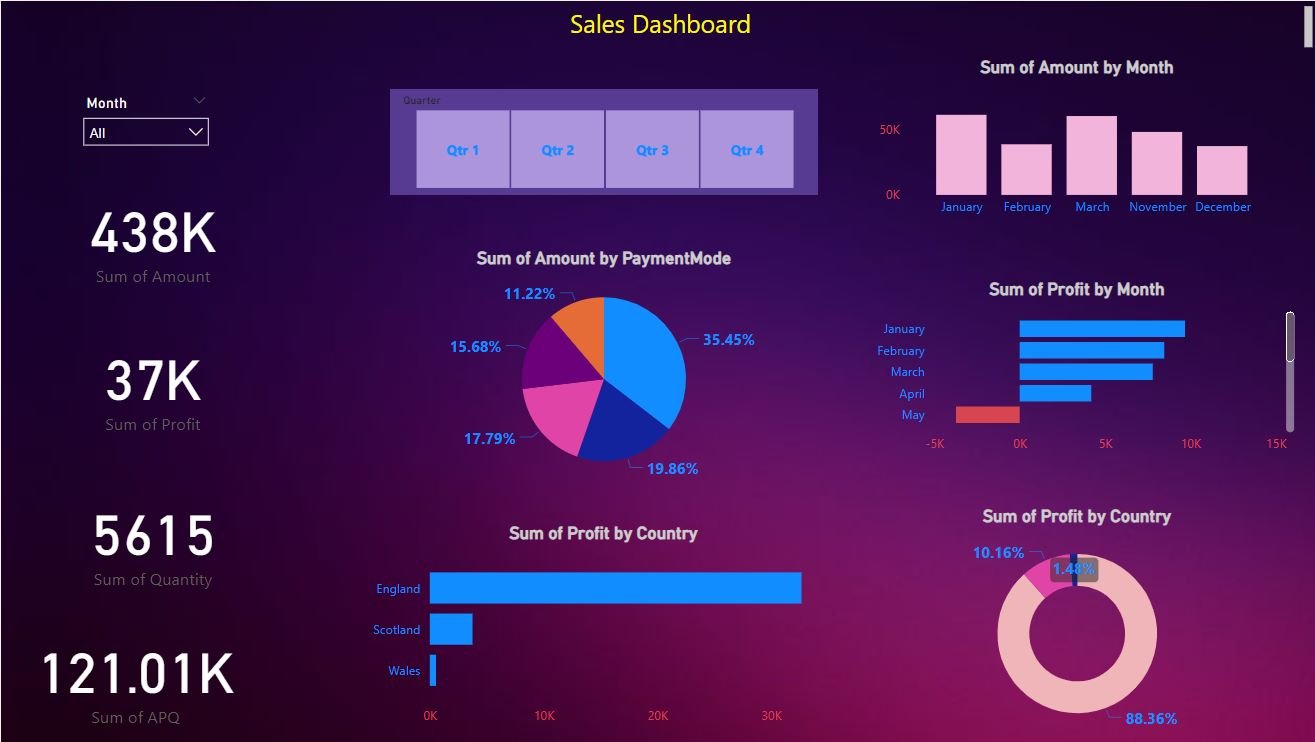In today’s digital age, data reigns supreme. From businesses to academia, understanding and harnessing the power of data is paramount for success. Enter Data Analysis Course, the process of inspecting, cleaning, transforming, and modeling data to derive meaningful insights. At its core, data analysis empowers organizations to make informed decisions, identify trends, and optimize strategies.
Why Data Analysis Matters
In a world inundated with information, Data Analysis serves as the compass guiding businesses towards their goals. By dissecting raw data, organizations can uncover patterns, anomalies, and correlations that may otherwise go unnoticed. Whether it’s optimizing marketing campaigns, improving operational efficiency, or predicting market trends, the applications of data analysis are endless.
The Evolution of Data Analysis
Gone are the days of manual number-crunching and Excel spreadsheets. Data Analysis has evolved exponentially, thanks to advancements in technology and the proliferation of big data. Today, sophisticated algorithms and machine learning techniques enable analysts to extract insights from massive datasets in real-time, revolutionizing decision-making processes across industries.
Key Components of Data Analysis
1. Data Collection
The journey of data analysis begins with data collection. Whether sourced from internal databases, APIs, or external sources, gathering relevant data sets is crucial for analysis. This stage involves identifying the right metrics, ensuring data quality, and establishing data pipelines for seamless integration.
2. Data Cleaning and Preprocessing
Once the data is amassed, the next step is data cleaning and preprocessing. This phase involves removing inconsistencies, handling missing values, and standardizing formats to ensure data integrity. By cleansing the data, analysts can mitigate errors and enhance the accuracy of subsequent analyses.
3. Exploratory Data Analysis (EDA)
Exploratory Data Analysis (EDA) serves as the preliminary investigation of data sets to uncover underlying patterns and relationships. Through visualizations, summary statistics, and hypothesis testing, analysts gain a holistic understanding of the data’s structure and characteristics, laying the foundation for more advanced analyses.
4. Statistical Analysis and Modeling
With a comprehensive grasp of the data, analysts can delve into statistical analysis and modeling. This stage involves applying statistical techniques, regression models, and machine learning algorithms to extract actionable insights and make predictions. From regression analysis to clustering algorithms, the arsenal of tools available empowers analysts to derive meaningful conclusions from complex data sets.
5. Interpretation and Visualization
The final phase of data analysis revolves around interpretation and visualization. Communicating findings effectively is paramount for driving actionable insights and facilitating decision-making processes. Through compelling visualizations, such as charts, graphs, and dashboards, analysts can convey complex information in a clear and concise manner, empowering stakeholders to leverage data-driven insights.
The Role of Data Analysis in Business
In the realm of business, Data Analysis serves as a catalyst for growth and innovation. By leveraging data-driven insights, organizations can optimize processes, enhance customer experiences, and gain a competitive edge in the market. From identifying market trends to personalizing marketing strategies, the applications of data analysis are limitless, propelling businesses towards success in an increasingly data-driven world.
Conclusion
In conclusion, Data Analysis is a cornerstone of modern decision-making processes, empowering organizations to derive actionable insights from complex data sets. From data collection to interpretation, each stage of the data analysis pipeline plays a pivotal role in uncovering valuable insights and driving informed decisions. As businesses continue to embrace the power of data, the demand for skilled data analysts will only continue to rise, shaping the future of industries across the globe.
